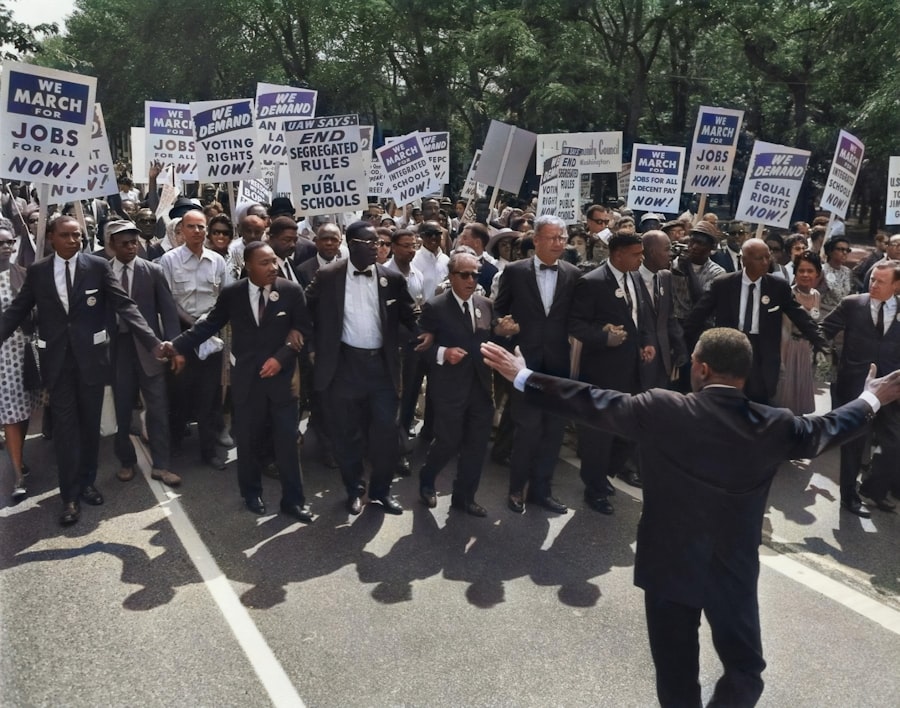Historical firearms have played a significant role in shaping the world we live in today. From the Renaissance era to the modern era, guns have evolved and changed the face of warfare, revolutionized hunting, and become symbols of power and freedom. In this blog post, we will explore the evolution of firearms through different eras, examining the guns that were used and their impact on history. By understanding the development of firearms, we can gain insight into the past and appreciate the advancements that have been made in technology.
The Evolution of Firearms
Firearms have come a long way since their inception. The earliest known gun, the hand cannon, was developed in China during the 13th century. It consisted of a metal tube attached to a wooden stock, which was ignited by a fuse or match. Over time, guns evolved from hand cannons to matchlock firearms, then to flintlock firearms, and finally to the more familiar percussion cap and cartridge-based firearms we see today. Fore more, check here: https://hadarfirearms.com/.
The development of firearms was driven by the need for more efficient and effective weapons on the battlefield. As technology advanced, guns became more accurate, reliable, and easier to use. The introduction of rifling in the 19th century greatly improved accuracy, while advancements in metallurgy allowed for stronger and more durable firearms.
The Renaissance Era
During the Renaissance era, firearms played a crucial role in warfare. The most common firearm used during this time was the harquebus, a long-barreled gun that was fired from a rest or shoulder-mounted. It was slow to reload and had limited range and accuracy compared to later firearms, but it was still a formidable weapon on the battlefield. Check here: https://concealedwithakiss.com/.
The harquebus was used alongside other weapons such as pikes and swords. It allowed infantrymen to engage enemies at a distance, giving them an advantage over traditional melee weapons. The use of firearms in battle during this era marked a shift in military tactics and strategy, as armies began to rely more on firepower rather than sheer numbers.
The American Revolution
| Event | Date | Location | Outcome |
| Boston Tea Party | December 16, 1773 | Boston, Massachusetts | Protest against British taxation policies |
| Battles of Lexington and Concord | April 19, 1775 | Massachusetts | First military engagements of the American Revolution |
| Declaration of Independence | July 4, 1776 | Philadelphia, Pennsylvania | Formal statement declaring the United States as an independent nation |
| Battle of Saratoga | September 19 – October 7, 1777 | New York | Turning point of the war, led to French support for the American cause |
| Treaty of Paris | September 3, 1783 | Paris, France | Ended the war and recognized the United States as a sovereign nation |
The American Revolution was a turning point in the history of firearms. The colonists, fighting for their independence from British rule, relied heavily on firearms to secure their freedom. The most iconic firearm of the American Revolution was the flintlock musket. It was a smoothbore firearm that used a flint to strike a spark and ignite the gunpowder in the barrel.
The flintlock musket was a significant improvement over earlier firearms. It was faster to reload and had better accuracy and range. This allowed the colonial militias to engage the British army from a distance, giving them an advantage in battle. The use of firearms by the colonists played a crucial role in their victory and the establishment of the United States of America.

The Wild West
The Wild West is often romanticized as a time of cowboys, outlaws, and gunfights. Guns played a central role in this era, both as tools for survival and symbols of power. The most iconic guns of the Wild West were revolvers such as the Colt Single Action Army and the Smith & Wesson Model 3.
These revolvers were known for their reliability, accuracy, and ease of use. They became synonymous with the lawmen and outlaws of the time, and their use in gunfights became legendary. Guns like the Colt Single Action Army became symbols of the frontier spirit and are still highly sought after by collectors today.
World War I
The use of firearms in this war led to unprecedented casualties and forever changed the way wars were fought.
World War II
World War II saw the development of even more advanced firearms. The most significant advancements were in automatic weapons such as submachine guns and assault rifles. The Thompson submachine gun, also known as the Tommy Gun, became an iconic weapon of the war.
These automatic weapons allowed soldiers to fire multiple rounds with a single pull of the trigger, greatly increasing firepower on the battlefield. They were used by both Allied and Axis forces and played a significant role in the outcome of the war. The development of firearms during World War II set the stage for future advancements in military technology.
The Cold War
The Cold War was a period of intense rivalry between the United States and the Soviet Union, characterized by an arms race and the threat of nuclear war. Both sides developed secret weapons to gain an advantage over each other. One such weapon was the AK-47, developed by the Soviet Union.
The AK-47 became one of the most widely used firearms in the world due to its reliability, simplicity, and low cost of production. It became a symbol of revolution and resistance, used by guerrilla fighters and insurgents around the world. The development of firearms during the Cold War had a profound impact on global politics and military strategy.
The Modern Era
In recent years, there have been significant advancements in firearms technology. The development of polymer frames, improved ergonomics, and optics have made firearms more accurate, reliable, and user-friendly. There has also been a rise in the popularity of modular firearms, which allow users to customize their guns to fit their needs.
Advancements in ammunition technology have also improved the performance of firearms. The development of hollow point bullets, for example, has increased stopping power and reduced the risk of over-penetration. These advancements have made firearms more effective tools for self-defense, hunting, and sport shooting.
Preserving History
Collecting and preserving historical firearms is important for several reasons. First, these guns provide a tangible connection to the past. They allow us to see and touch the weapons that were used by our ancestors, giving us a deeper understanding of history. Second, historical firearms can provide valuable insights into the development of technology and warfare. By studying these guns, we can learn about the advancements that have been made and the impact they have had on society. Finally, preserving historical firearms ensures that future generations will be able to appreciate and learn from them.
Historical firearms have played a crucial role in shaping the world we live in today. From the Renaissance era to the modern era, guns have evolved and changed the face of warfare, revolutionized hunting, and become symbols of power and freedom. By understanding the development of firearms, we can gain insight into the past and appreciate the advancements that have been made in technology. Collecting and preserving historical firearms is important for preserving history and ensuring that future generations can learn from them.
FAQs
What are historical firearms?
Historical firearms are guns that were used in the past, typically before the 20th century. These firearms were used for hunting, self-defense, and military purposes.
What are some examples of historical firearms?
Some examples of historical firearms include muskets, flintlock pistols, revolvers, and lever-action rifles.
What eras do historical firearms come from?
Historical firearms come from a variety of eras, including the Renaissance, the American Revolution, the Civil War, and the Wild West.
What is the significance of historical firearms?
Historical firearms are significant because they provide insight into the technology and culture of the past. They also played a major role in shaping history, particularly in military conflicts.
Are historical firearms still used today?
Some historical firearms are still used today for hunting and recreational shooting. However, many historical firearms are considered antiques and are no longer functional.
How have historical firearms influenced modern firearms?
Historical firearms have influenced modern firearms in terms of design and technology. Many modern firearms are based on historical designs, and advancements in technology have made modern firearms more accurate and efficient.





